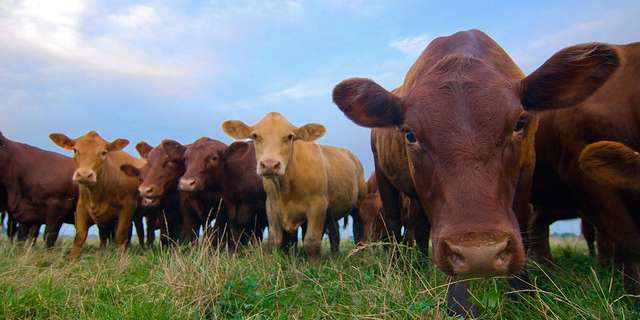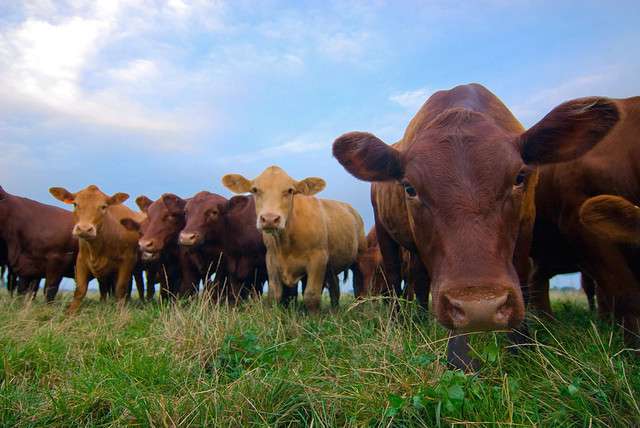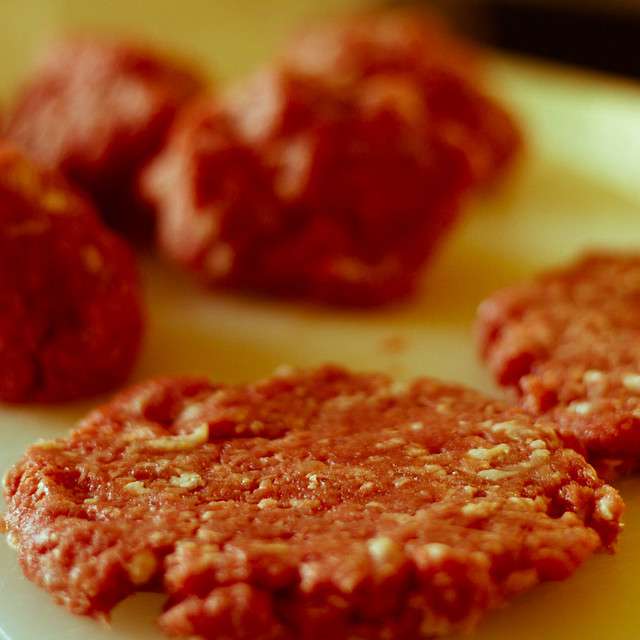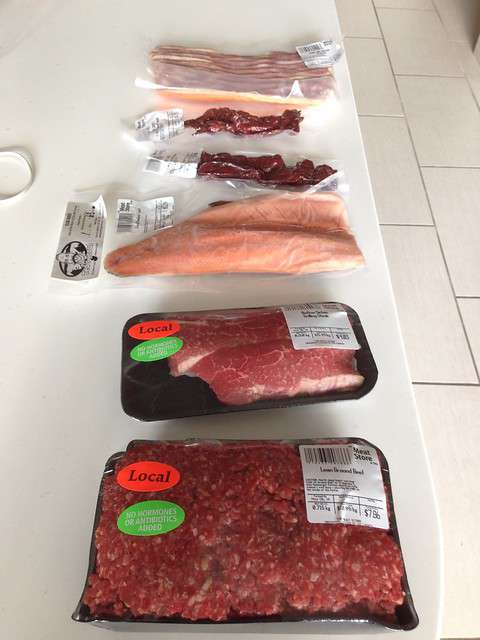
The agricultural meat and dairy industry are under heavy scrutiny in today’s market as consumers question the quality, safety, and sustainability of their food choices. Color assessment plays a vital role in monitoring these three interrelated characteristics. From inception to consumption, these food products undergo a series of evaluative testing procedures. Safe handling, packaging, preservation, waste, and even livestock management practices can all benefit from color assessment and technology.

From livestock production to supermarket shelf, color assessment provides a wealth of data to help inform better practices, safer food products, and less waste. Image Source: Flickr user U.S. Department of Agriculture



